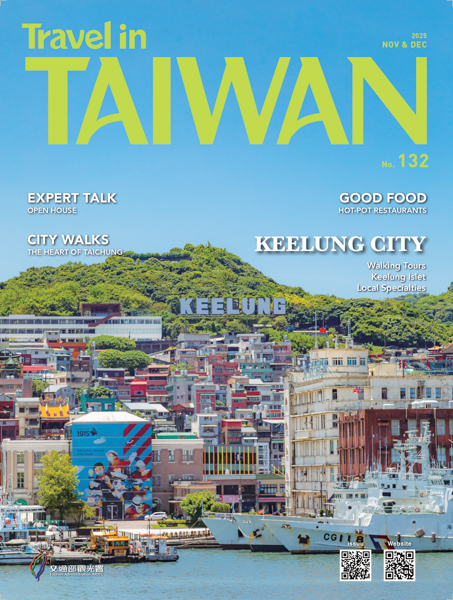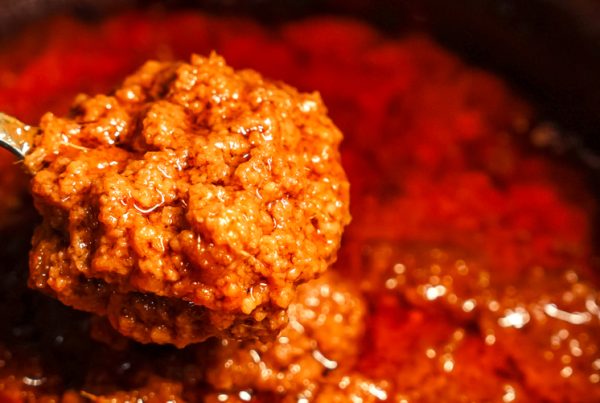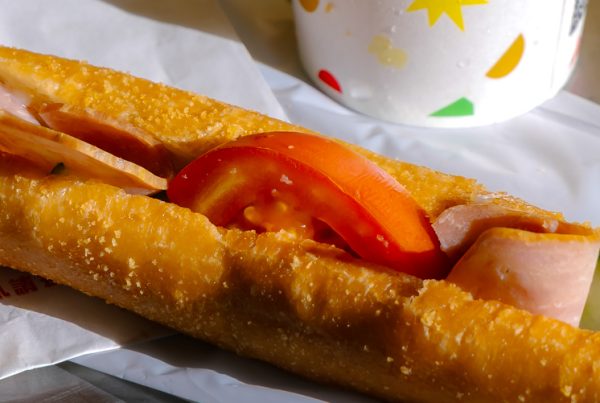Open House Taipei Invites Visitors to Explore the City’s Hidden Spaces
TEXT | HAN CHEUNG
PHOTOS | RAY CHANG
Open House Taipei “opens” usually off-limits spaces to the public, celebrating the city’s architecture, history, and creative culture. Founded in 2020, this free, volunteer-driven yearly event encourages dialogue about how thoughtful design can enhance public life and explores future possibilities for urban living.
For one weekend every November, spaces usually off-limits in Taipei are opened up to visitors for free: annual favorites include the MRT Operations Control Center, the roof and catwalk at both the National Theater and Concert Hall, and the 117-year-old Guanyinshan Reservoir, located near the Museum of Drinking Water and nicknamed the “underground water palace.”
Around 80 other sites will also be accessible through this year’s Open House Taipei, set for November 22 and 23, with volunteers guiding visitors through the city’s hidden stories. The festivity also offers themed tours and special activities – even a photography contest – all designed to spark dialogue about architecture, history, and urban life.
The Taipei happening is part of a global initiative that began in London in 1992 and now spans more than 50 cities. Richard Hsu, who co-founded the local edition in 2020 during the COVID-19 pandemic, says that beyond piquing curiosity, the celebration helps the public better understand architectural ideas, how spaces are used, and how thoughtful design can improve public life.
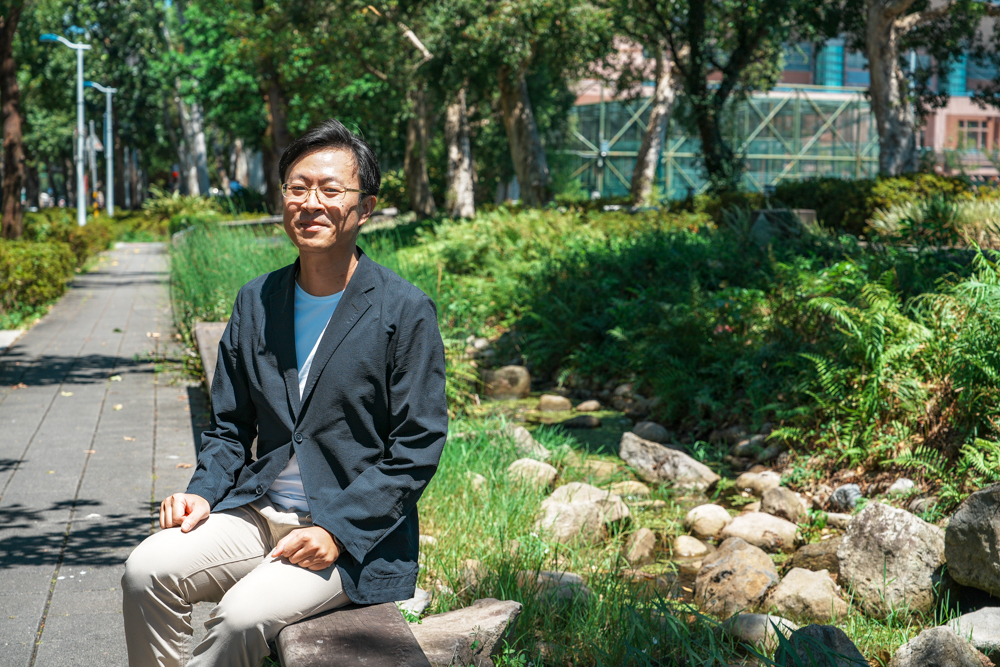
Some popular sites require advance registration on the official website and fill quickly, while about half allow walk-ins. The program has led to many discoveries as volunteers dig into the pasts of participating spaces. At the Yuanshan Tunnels – two secret underground passages located at the Grand Hotel – for example, an elderly visitor revealed that she had once worked for a radio station nearby, answering many lingering questions about structure and usage that the team had wondered about.
Hsu’s enthusiasm for Taipei’s architecture and urban design is contagious. He vividly describes what makes each site compelling – not just its aesthetics, but its social functions and future potential. “Taipei may seem chaotic, but it’s also comfortable and convenient,” he says. “And there are many reasons, reflected in the architecture, for why the city has developed this way. To me, Taipei is really about the collision of Eastern and Western cultures, constantly adapting to daily life with a flexible, pragmatic spirit.”
When Hsu studied design management in London more than a decade ago, however, he struggled to describe Taipei to others. In addition to attending his first Open House there, he was captivated by how locals were able to effortlessly explain their buildings and neighborhoods. “It felt like in every block, people knew its history by heart,” Hsu recalls.
Back in Taiwan, he helped coordinate projects such as World Design Capital Taipei 2016, international design exchanges, and various government cultural-creative initiatives. Nevertheless, he remained drawn to the grassroots, volunteer-driven, community-focused character of Open House, with its focus on public interaction and dialogue.
In 2018, he teamed up with Andoni Munduate, who had worked with Open House Bilbao in Spain. Munduate had noted that Taiwan had plenty of outstanding architecture and design elements, but locals were not accustomed to presenting them to outsiders. He wanted to launch an Open House in Taipei to change this.
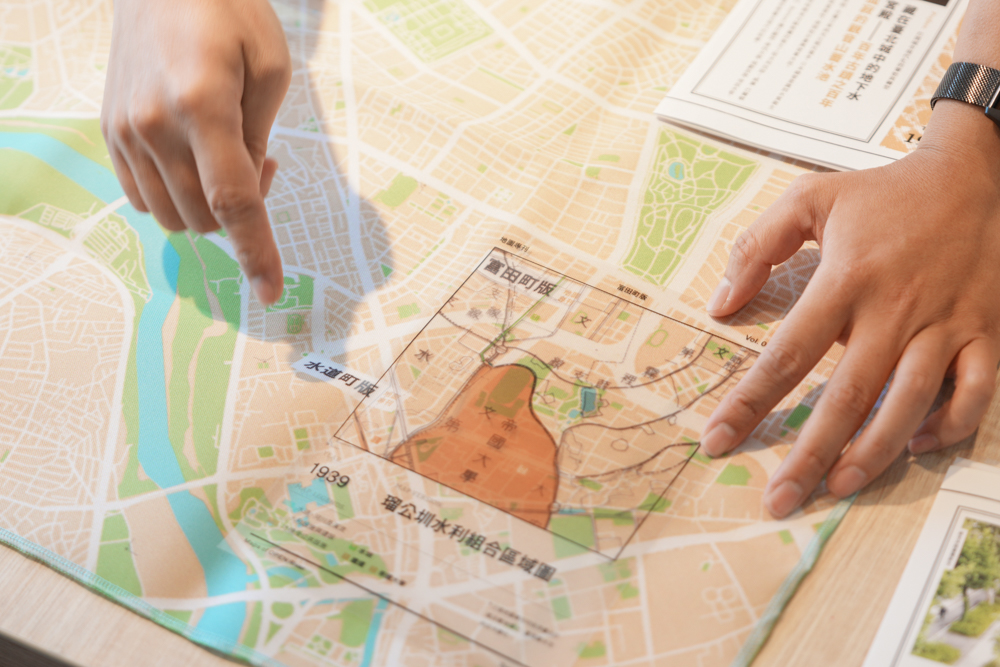
After lengthy preparations and obtaining approval from London, the pandemic hit, and Munduate could not return to Taiwan. Still, Hsu and the remaining team pushed ahead, making Taipei only one of two cities that year to hold a physical Open House. It was a success, with nearly 30,000 people visiting over 50 sites with the help of about 400 volunteers.
Ironically, the pandemic may have helped, Hsu says, as major institutions such as the National Theater and Concert Hall had time and incentive to join since foreign performers could not visit the island. Individual performance groups have also joined – last year, Cloud Gate Dance Theatre opened up its rehearsal and living quarters.

Public works also feature in the yearly roster. Few knew about the underground Guanyinshan Reservoir, used to store water for the city from 1908 until 1977, then remaining closed until 2019. Its spacious, cathedral-like chamber has drawn comparisons to Istanbul’s Basilica Cistern, but more importantly, it sheds light on the city’s modernization. Open House Taipei has expanded on the waterworks theme with an “Open River” tour, tracing the irrigation canals that once crisscrossed the city but have now gone underground.
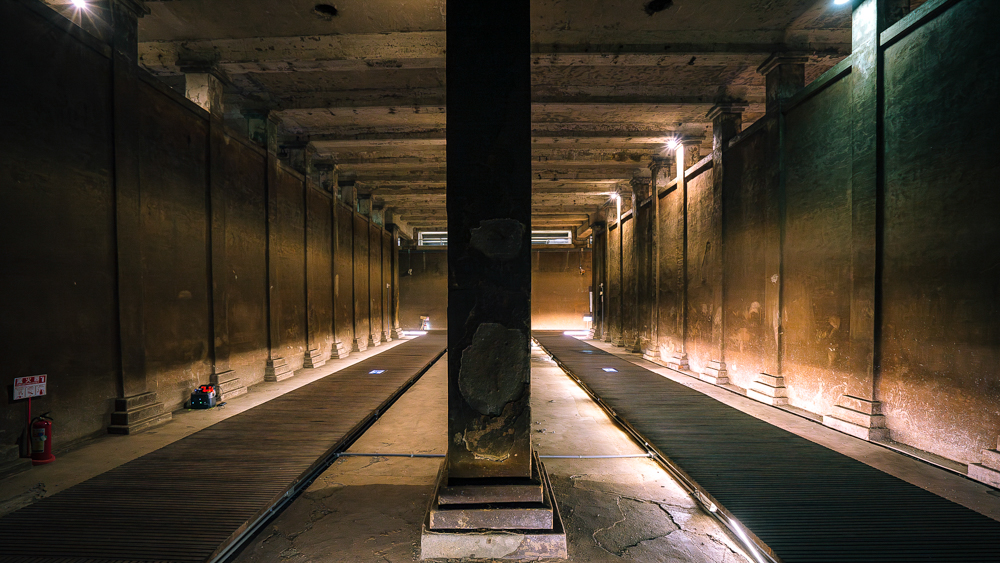
“In addition to the history, we also discuss how reopening these waterways can help relieve the heat during Taipei’s sweltering summers,” Hsu says. “It’s about creating new types of public spaces in the city, and helping people see the connections behind these sites.”
Architecture and design studios have also joined, along with small crafts workshops tucked away in Taipei’s alleys – a hidden creative energy that Hsu says is part of the city’s charm. Open calls are held each year to find new gems.
Hsu says he’s struck by the remarkable energy of Taipei’s community of volunteers, many of whom are in their 30s and eager to explore unfamiliar corners of the city. “After traveling abroad, they start to ask themselves: how do I explain my city to foreigners? That awareness grows, and that’s why they’re willing to volunteer,” he says.
The event has broadened in scope over the years, rolling out new activities and tackling annual themes such as sociability, sustainability, and inclusivity. This year’s focus is “Future Heritage,” which asks how cultural sites can be given new life, and how today’s designs can shape the city’s future, Hsu says.
One timely topic is social housing, a pressing issue as Taipei’s real-estate prices soar. Hsu points to the Minglun Social Housing Complex, a converted elementary school completed in 2020, which now combines housing, creative enterprises, and an elevated running track. The Guangci Charity Park Social Housing Complex is another example, emphasizing large shared areas and public artworks to redefine modern living.


Other theme highlights include the transformation of historic neighborhoods like Hengyang Road and Dihua Street into vibrant, modern creative districts, as well as Taiwan’s first planned mountainside community, Garden City – the visionary project of Hsu Tse-lan, Taiwan’s first female architect.

To broaden participation, Open House Taipei is also collaborating with French photography publishing house YellowKorner on a photography contest, inviting people to capture Taipei’s landscape under the theme of reinterpreting and reimagining the city’s future.
Open House Taipei | 打開台北
Website: www.opentaipei.org
FB: www.facebook.com/OpenHouseTaipei




